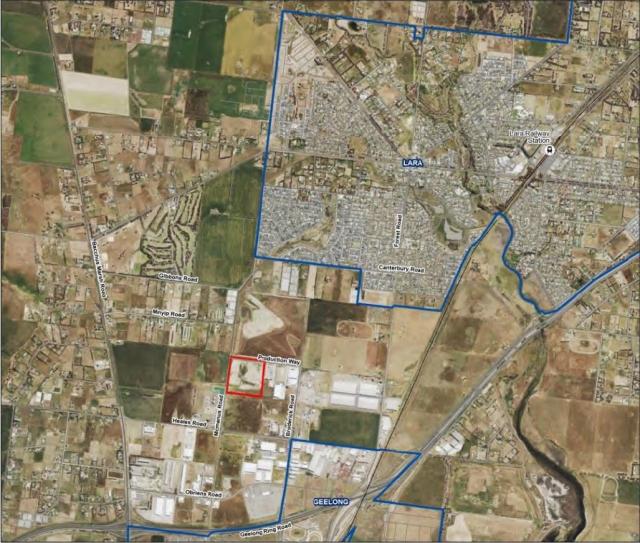The Environmental Protection Agency (EPA) has approved construction of the proposed waste incinerator at Lara despite significant community opposition.
Prospect Hill International (PHI) has the green light to build a waste-to-energy facility, which would be nestled among residential and farming zones and within 5km of 20 schools and preschools.
The facility, proposed to operate for 25 years, would generate nearly 36 megawatts of energy per year but would need to burn about 400,000 tonnes of waste, despite having secured no waste contracts.
Community fears revolve around the health impacts of the facility’s emissions and likelihood waste would need to be diverted to it rather than be managed in more environmentally friendly ways.
PHI now awaits ministerial approval, the final regulatory hurdle for the facility.
EPA’s Director of Permissioning and Development Con Lolis said EPA considered all input from community and stakeholders in its assessment of the development licence application.
“This licence was granted with conditions because EPA has determined the proposed facility will meet the most stringent international standards and presents low and acceptable risk to human health and the environment,” Mr Lolis said.
“EPA will continue to regulate the site throughout the design, construction and commissioning phases to ensure the company meets all environmental performance requirements, keeps the community informed and complies with the conditions of the development licence.
“If the company fails to do so, the project will cease because the requirements imposed by EPA in the development licence have not been met.”
More than 2000 community members signed a petition in November objecting to the proposed facility, which Victorian Greens member for Western Victoria, Dr Sarah Mansfield, intends to table in parliament when it returns in February.
“With the flick of a pen Labor could put an end to this disastrous project,” Dr Mansfield said.
“It’s inevitable that these incinerators will end up burning recyclables, plastic and organic waste because there is no commitment from these companies that they will separate the waste they receive.”
Needing 400,000 tonnes of waste each year, the incinerator would likely require the City of Greater Geelong to provide a substantial amount of its waste to the facility.
At last week’s council meeting, Geelong mayor Trent Sullivan said the City had no plans to incorporate the incinerator into its long-term waste management plans.
“Our city has a comprehensive policy and future strategic plans around our landfill rubbish,” Mayor Sullivan said.
“None of our planned rubbish strategy in the future involves any plans towards incineration. It’s not involved in our strategy and we don’t plan on including it.”







